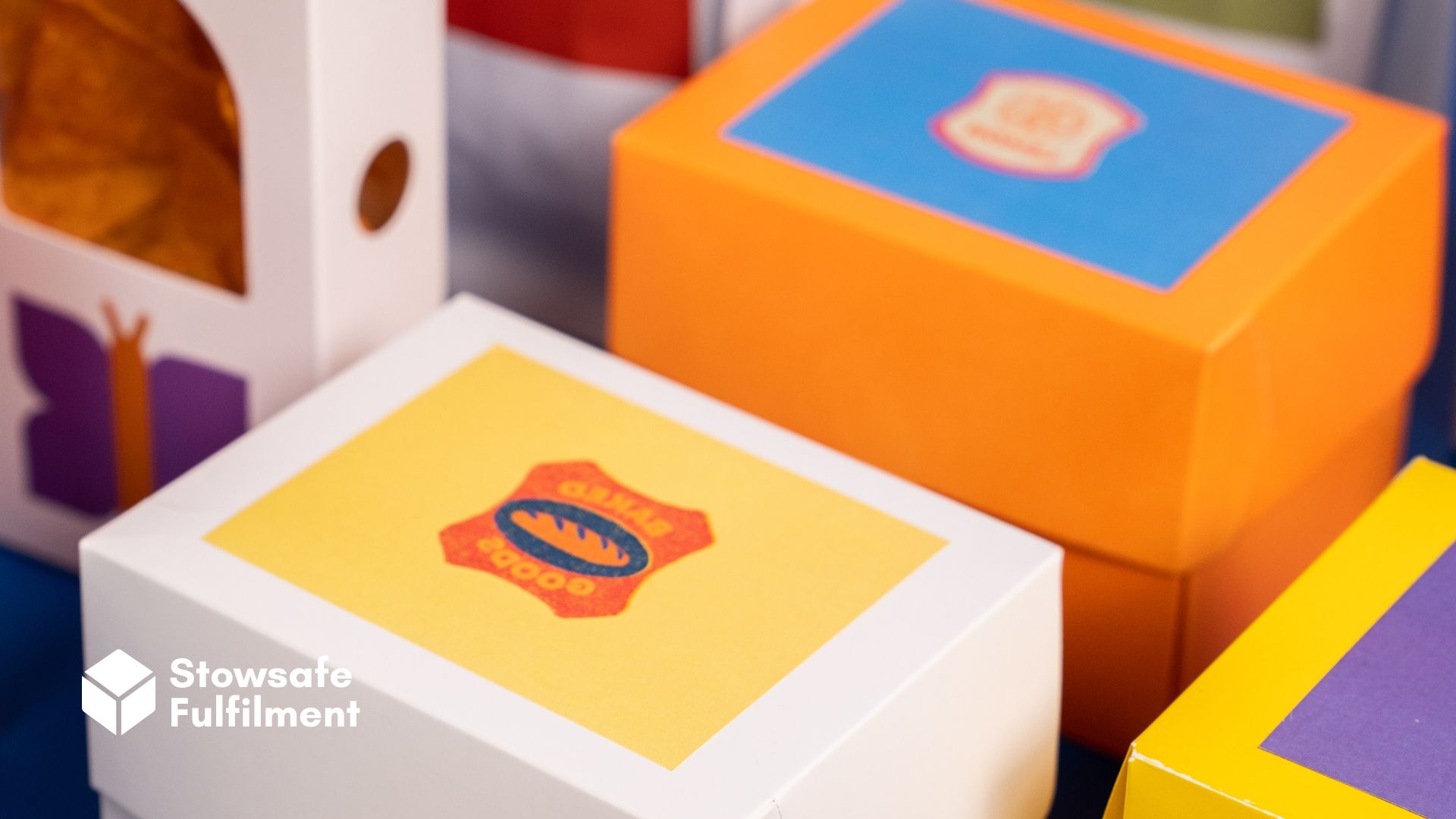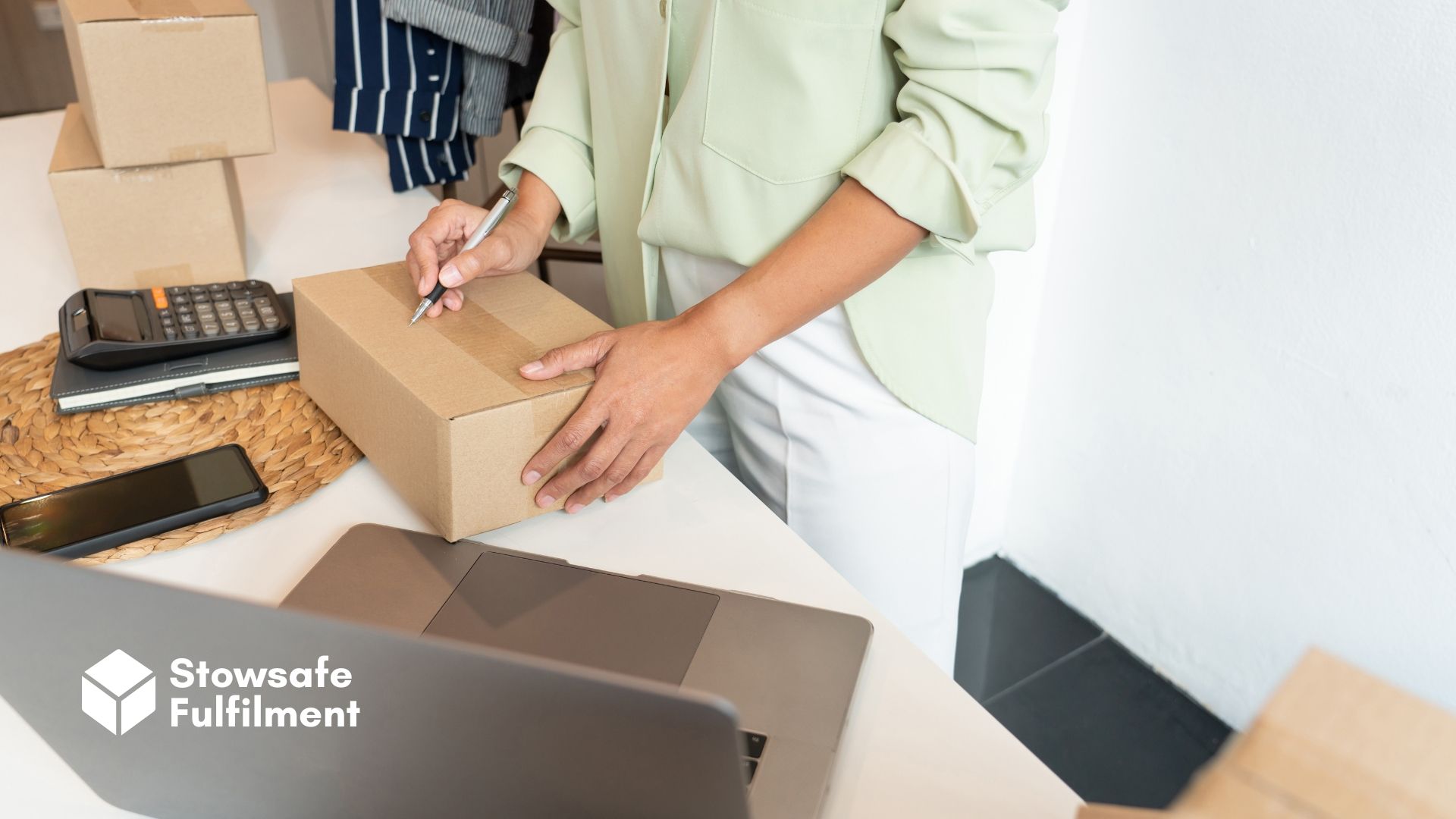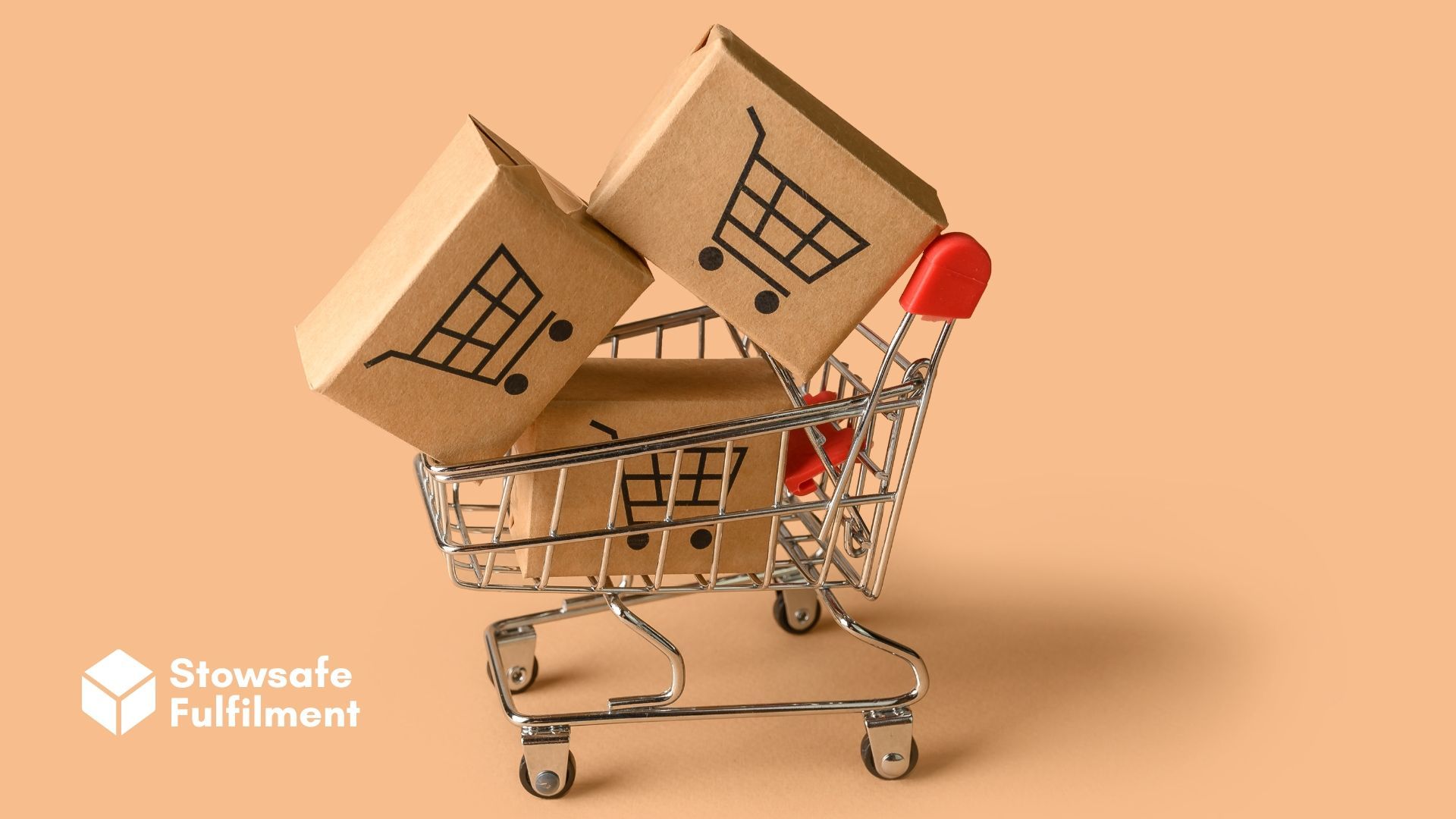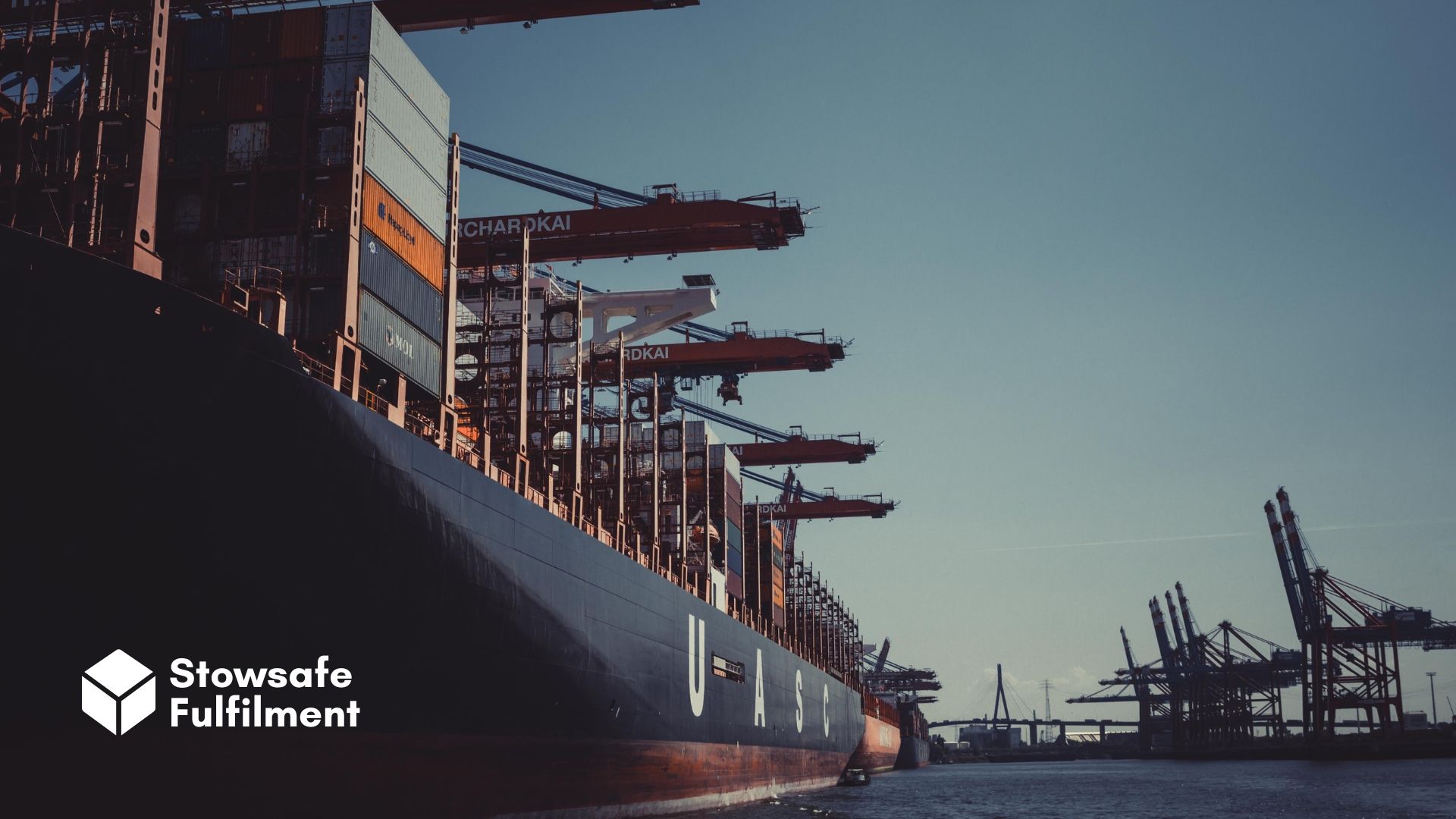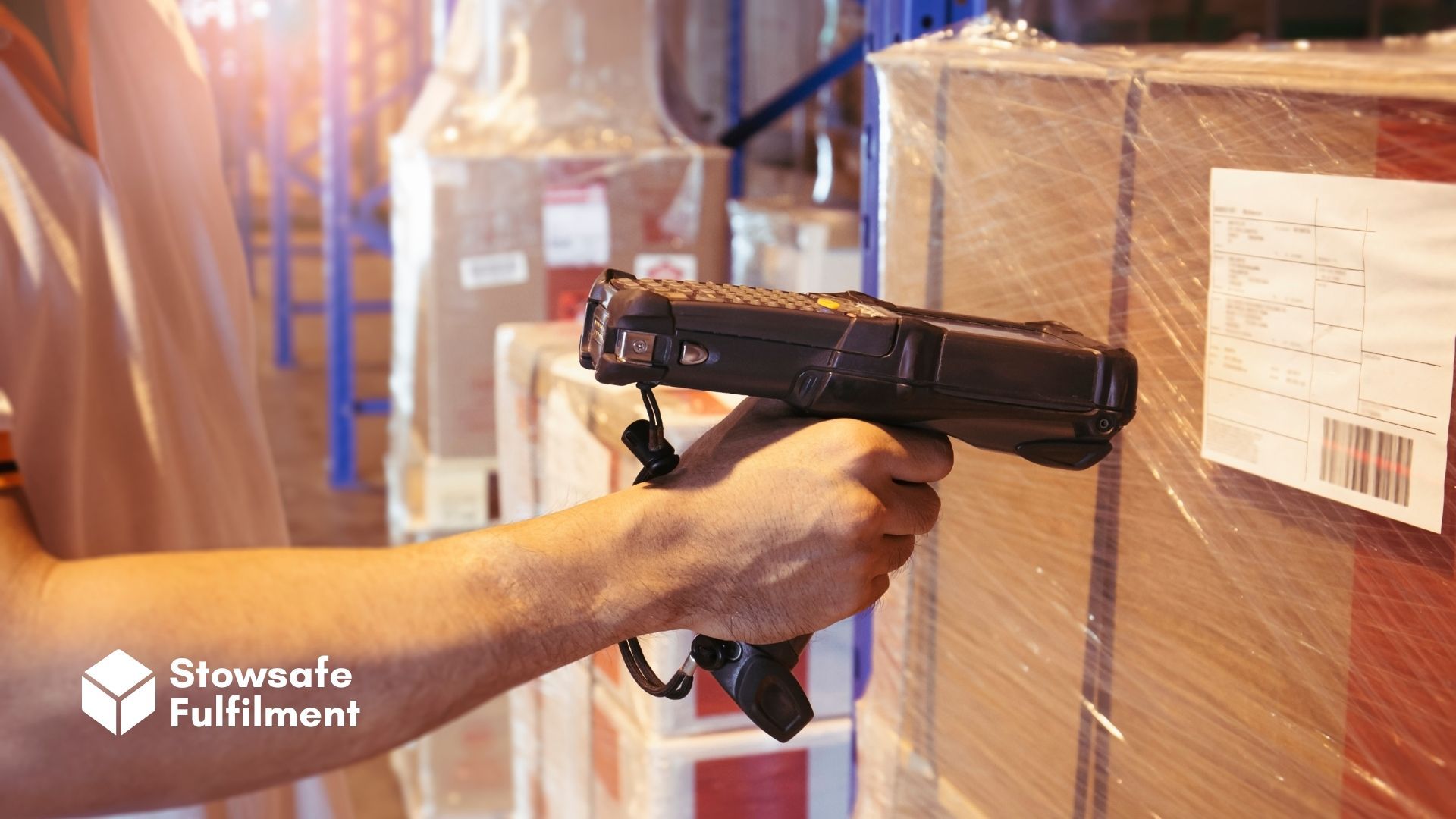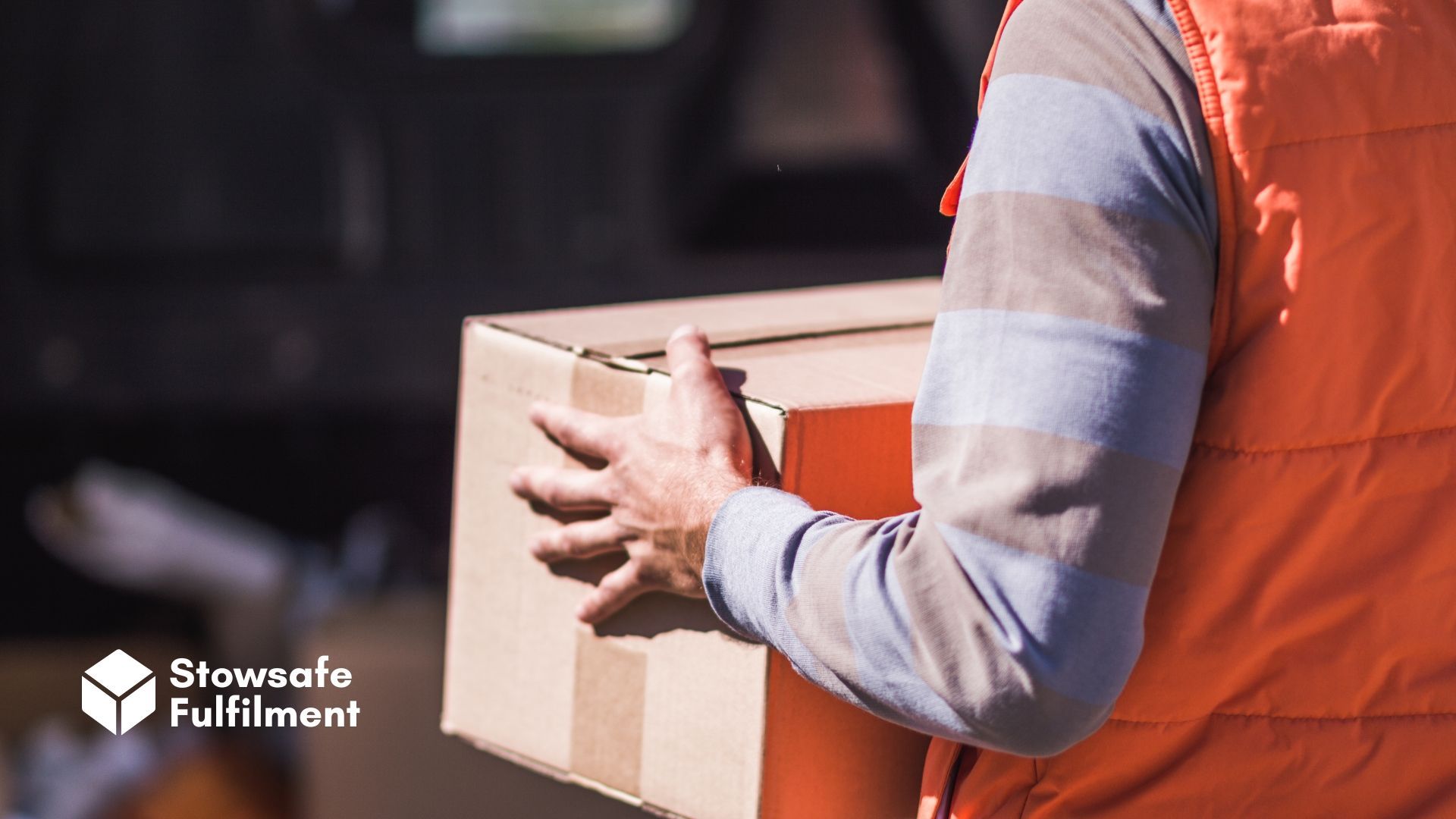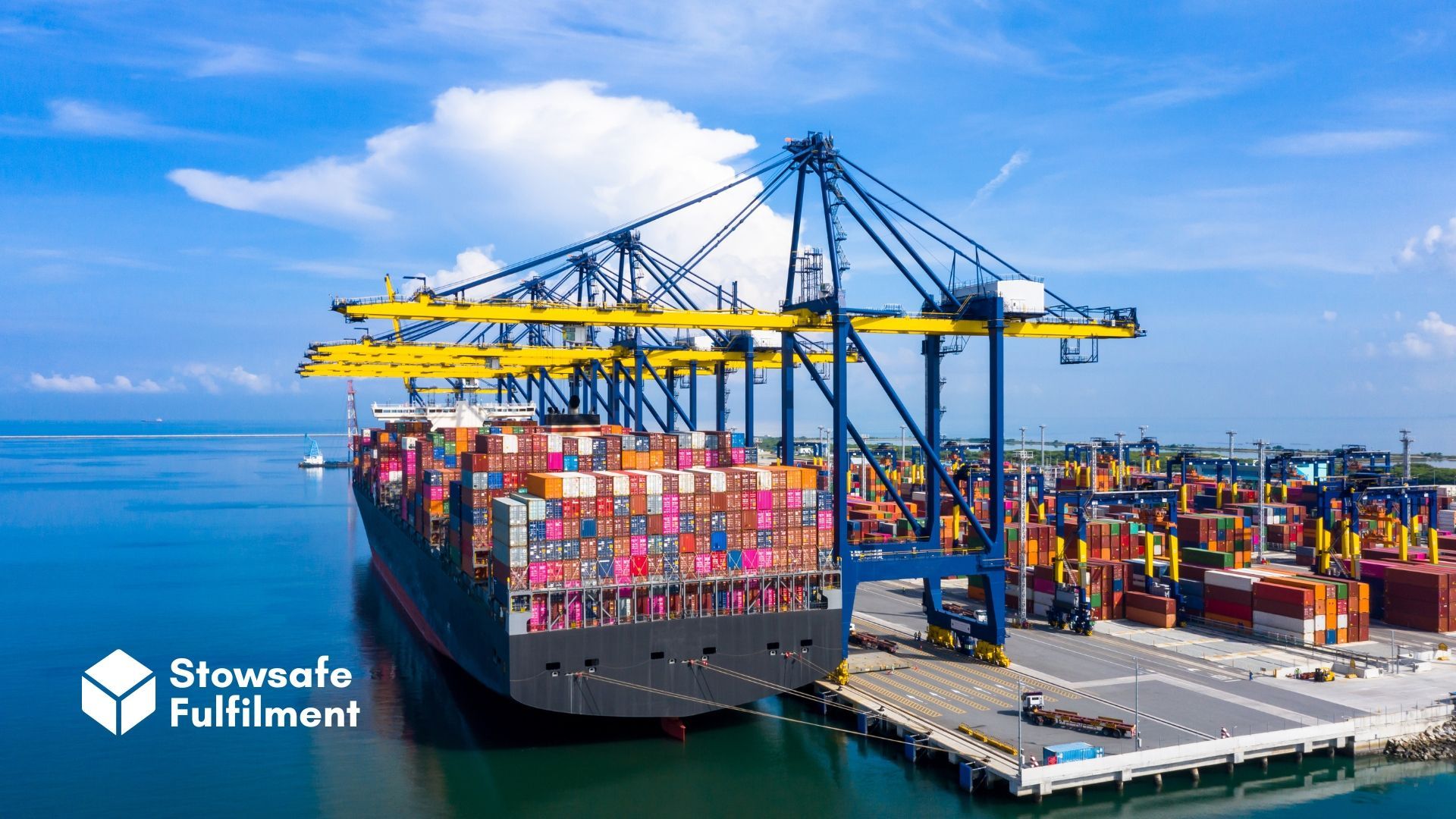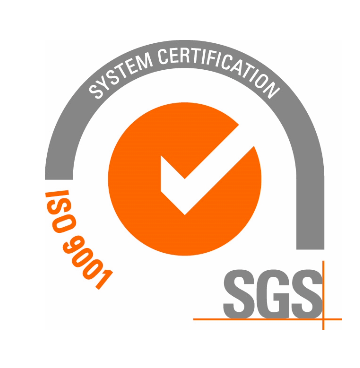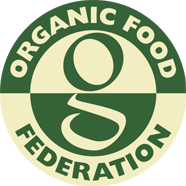Do you know your ROPs from your RMAs? Here's an A-Z guide of logistics jargon to help you navigate the sometimes-confusing world of fulfilment.

People in the logistics industry sometimes use needlessly complicated words and a ridiculous amount of acronyms to explain things. We don't do that here at Stowsafe.
However, we can't make everyone else stop! So, here is an A-to-Z list of logistics jargon to help you out. Bookmark it ready for when you need it.
A
Active stock: goods that are ready to be picked, shipped and sold.
Application programming interface (API): a set of defined standards that help two or more software applications interact with each other. APIs are important in fulfilment because they allow eCommerce platforms to integrate with warehouse management systems.
Advanced shipping notice (ASN):
a document that provides detailed information about an upcoming delivery. An ASN will likely include address info, product info, quantities and more.
B
Backorder:
a customer order that can't currently be fulfilled because of a lack of stock.
Base currency:
the transactional currency that is assigned the value of one when calculating exchange rates.
Bill of lading (BoL):
a document with all the details for freight shipment processing. A BoL will typically list the type, quantity and destination of the goods carried.
Break-bulk:
cargo that's transported by ship in separate units. This is now somewhat rare, as most cargo is containerised, meaning it's packed into shipping containers.
C
Carrier:
a person or company who works with shippers to legally transport goods.
Channel:
a method for selling products. Examples include retail, call centres and eCommerce.
Cross docking:
the practice of unloading goods directly to a customer or onto another mode of transportation. Cross-docking allows goods to move onward through the supply chain without the need for long-term storage.
Customs clearance:
permission to import goods from one country to another.
D
Delivered duty paid:
fees, duties or taxes are paid by the shipper.
Delivered duty unpaid:
fees, duties or taxes are paid by the recipient.
Drop shipping:
an order fulfilment method where the seller doesn't keep the products it stocks. Instead, the manufacturer or wholesaler ships items directly to the customer.
E
Electronic data interchange (EDI):
the transmission of digital documents in a standardised format. This is useful in logistics because it allows many processes to be automated.
Expediting:
getting products or shipments through faster.
Export broker:
an intermediary agency that helps get goods successfully through customs.
F
Finished goods inventory (FG/FGI):
the number of products ready to be sold to customers.
Fixed order quantity:
an inventory control system that has fixed maximum and minimum inventory levels. When inventory reaches the designated minimum value, goods are automatically reordered.
Free-trade zone:
somewhere where cargo or goods can be stored free from import custom fees while awaiting onward transport.
Fulfilment:
the process of preparing and delivering orders for customers.
G
General Agreement on Tariffs and Trade (GATT):
a legal agreement between several countries that set out to eliminate trade barriers and expand international trade. The terms of GATT are still in effect but are now administered by the World Trade Organisation.
Global trade item number (GTIN):
a numeric system that assigns globally unique codes to products and services. The term is often used to refer to GTIN barcodes.
Gross margin:
the difference between total revenue and the cost of providing products and services.
Gross weight:
the weight of products and their packaging. The gross weight not does include the weight of the vehicle or container used to transport the goods.
H
Holding costs:
how much it costs to hold stock in storage.
Handling costs:
how much it costs to move, transfer, and prepare inventory.
I
Inbound logistics:
the process of ordering, transporting, receiving and storing goods into a company.
Incentive rate:
a special rate to convince shippers to take on more products per shipment.
Integrated logistics:
a logistics model that seeks to improve efficiency by involving all company stakeholders. Under the integrated logistics model, all departments work together to keep the process running smoothly.
K
Kitting:
taking multiple items, packing them together and selling them as a single SKU. This is often done to combine items from different manufacturers or sell product bundles at a reduced price.
L
Lot:
a batch of products that have been manufactured at the same time or grouped at a later date. Usually, items in a lot will share a characteristic, such as an expiration date or production variation.
M
Merge in transit:
merging shipments from different suppliers before sending them on to a single customer. This happens at a dedicated "merge centre" rather than a traditional warehouse.
N
Node:
a fixed point in a logistics system where goods are stored for a while. Examples include warehouses, shipping terminals and the place of manufacture.
O
Order management:
the process of receiving and fulfilling customer orders.
Outsourcing:
using a third-party provider for a service, such as call handling, manufacturing or logistics.
Outbound logistics:
storing and sending goods to customers. The outbound logistics process includes tasks like picking, packing, shipping and delivery.
Omni-channel:
a business strategy that aims to create a seamless experience for customers, no matter how they make contact.
P
Product catalogue:
a list of all the products a business offers. This may be used internally or sent to customers as marketing collateral.
Q
Quality control:
a process that ensures the quality of products. This is usually done by testing a small sample.
R
Reorder point (ROP):
a set minimum limit for product inventory. When this limit is reached, more stock is ordered.
Reverse logistics:
the process of receiving products back from customers, often because the products have been returned or exchanged.
Return merchandise authorisation (RMA):
an authorisation that allows a customer to return or exchange a product. RMAs usually have unique numbers associated with them for easy processing, much like customer orders.
S
Supply chain:
everything involved in getting a product from A to B, including individuals, warehouses, retailers and manufacturers.
Stock-keeping unit (SKU):
a unique code applied to distinct products. SKUs are used to manage and keep track of inventory.
T
Tariff:
a government tax that's levied when products enter a country.
Throughput:
the number of products a business can make and deliver to a client within a set amount of time.
U
Unit load:
multiple single units of one or more items being moved together, instead of separately.
Uniform product code (UPC):
a barcode with a 12-digit number that helps identify products. It's also known as a universal product code.
V
Vertical integration:
a business strategy that seeks to improve efficiencies by bringing processes in-house. A company implementing a vertical integration strategy might, for instance, establish its own suppliers or retail locations rather than relying on third parties.
W
Warehouse management system (WMS): a software application that manages warehouse processes like picking, shipping, and inventory cycle counts.
Waybill:
a document issued by a carrier that contains important information relating to the shipping of goods. Often, waybills will include product descriptions, origins, destinations, consignees, consignors and amounts charged.
Z
Zone pricing:
a way of determining a product's price depending on where the customer is located.
Fulfilment can be confusing, time-consuming and stressful. We're here to make it simple. Learn more about our
order fulfilment process or
get in touch for a no-obligation chat.
All Rights Reserved | Stowsafe Fulfilment

